1. Introduction
One of the most legendary figures in Japanese history, Prince Shōtoku, was not just a politician but a visionary who determined the course of the nation. He laid the foundation for Japan’s political system, promoted Buddhism as a state ideology, and boldly engaged in diplomacy with China’s superpower, the Sui Dynasty.
But his achievements go far beyond those of an ordinary great figure. He was a man with wisdom akin to that of a god.
In this article, we will delve into the accomplishments and legends of Prince Shōtoku and explore how he shaped Japan into what it is today.
2. Who Was Prince Shōtoku?
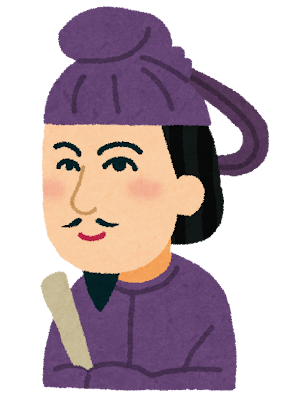
A Genius Prince with Superhuman Intelligence
Born in 574 AD, Prince Shōtoku (real name: Umayado no Ōji) was a member of the imperial family.
If we were to sum up his abilities in one sentence, it would be: “A man with overwhelming intellect and charisma who shaped history.”
At just 20 years old, he became regent, effectively ruling Japan on behalf of the emperor. He reformed the government, promoted Buddhism, and, above all, had the guts to stand up to China’s superpower, the Sui Dynasty. His foresight was like that of a modern genius CEO who could predict the future with stunning accuracy.
3. Shōtoku’s Greatest Achievements
1. Holding More Power Than the Emperor
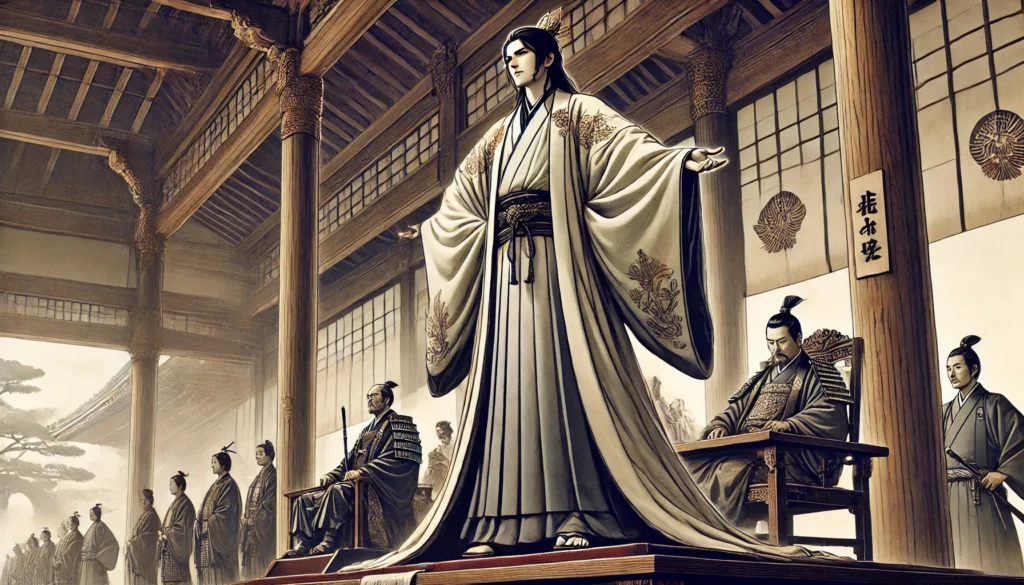
At the time, Japan’s ruler was Empress Suiko, the first woman to ascend the throne. However, it was Prince Shōtoku who actually wielded power.
With the support of the influential Soga clan, he implemented Japan’s first centralized government. This move marked the crucial first step in transforming Japan from a loose confederation of clans into a true nation.
2. Challenging the Superpower of China
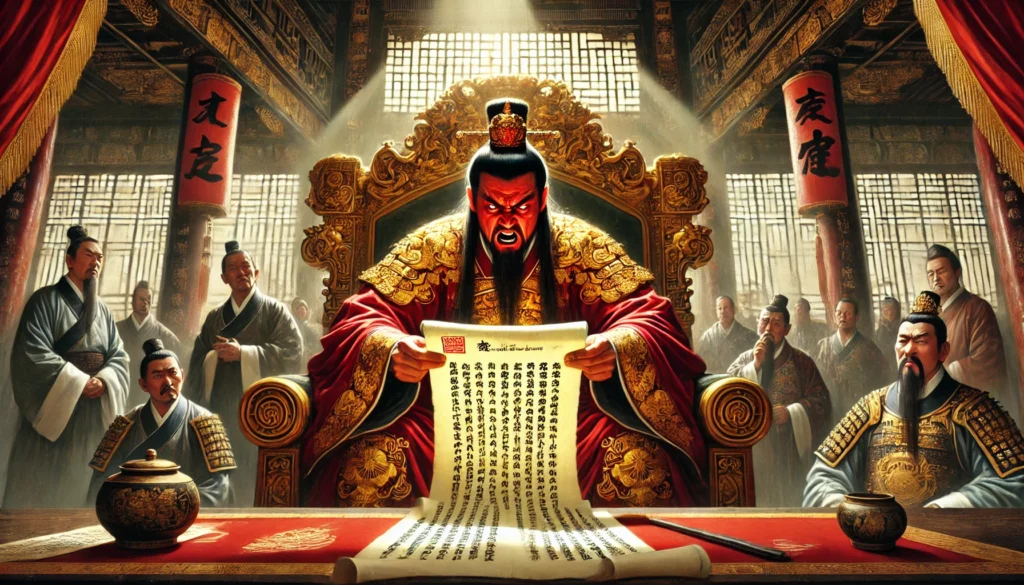
One of Prince Shōtoku’s most audacious acts was sending a diplomatic letter to China’s Sui Dynasty.
📜 “The Emperor of the land where the sun rises sends this letter to the Emperor of the land where the sun sets.”(This was written to Emperor Yang of Sui.)
This statement was not just a mere greeting.
It was a declaration of Japan’s sovereignty, asserting that Japan was equal to China—a claim unheard of at the time.
At that point in history:
✅ China (Sui Dynasty) was the world’s most dominant superpower.
✅ Every surrounding nation submitted to the Chinese emperor as their superior.
Sending such a letter was practically an act of provocation, which could have led to immediate military retaliation.
So why did Prince Shōtoku dare to take this risk?
The answer lies in his extraordinary ability to analyze international politics.
He had keenly observed that the Sui Dynasty was facing internal conflicts and lacked the resources for a military campaign against Japan.
With this brilliant insight, he secured Japan’s independence in diplomacy, ensuring that the country would never become a vassal state of China.
3. Designing an Ideal Nation with the Seventeen-Article Constitution
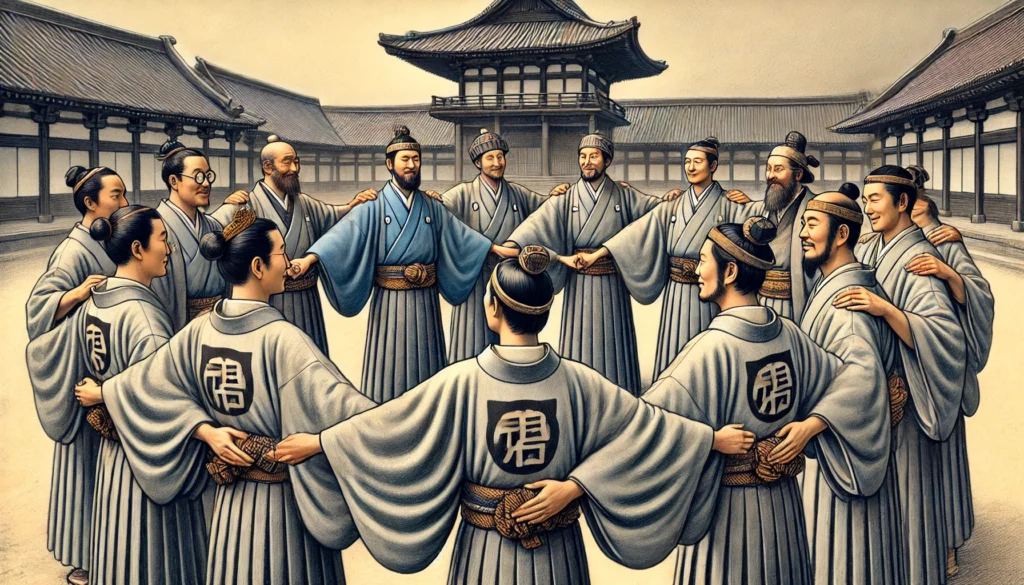
Prince Shōtoku was more than just a ruler—he was a visionary who contemplated the ideal form of governance.
He created the Seventeen-Article Constitution, which was not a set of laws but a philosophical guide for governing the nation.
One of its most famous lines states:
📝 “Harmony is to be valued most.”
This principle of harmony has since become deeply ingrained in Japanese culture.
Unlike Western societies, which emphasize competition and individualism, Japan developed a cooperative and consensus-based culture—an influence that traces back to Prince Shōtoku’s ideals.
4. Using Buddhism to Unite the Nation
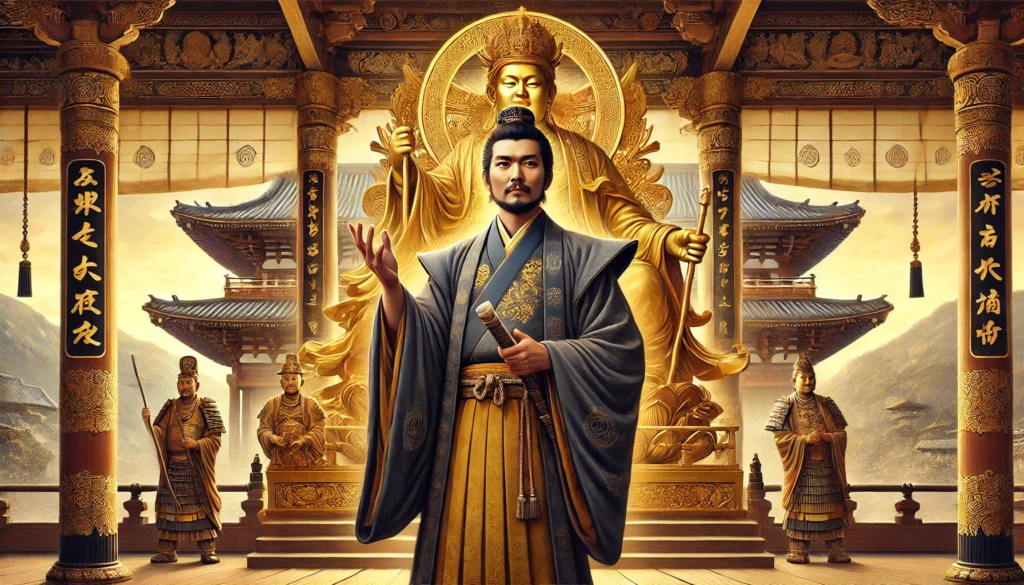
At the time, Japan was not yet a unified country; different clans had varying beliefs and ideologies.
Prince Shōtoku saw Buddhism as a means to unify these fragmented values.
To establish Buddhism as Japan’s spiritual foundation, he built Hōryū-ji Temple, Japan’s first state-sponsored Buddhist temple.
But this was more than just a temple—it was a symbol of national unity.
His Buddhist policies left a profound impact on Japan’s religious culture, an influence that continues to this day.
4. The Legends of Prince Shōtoku
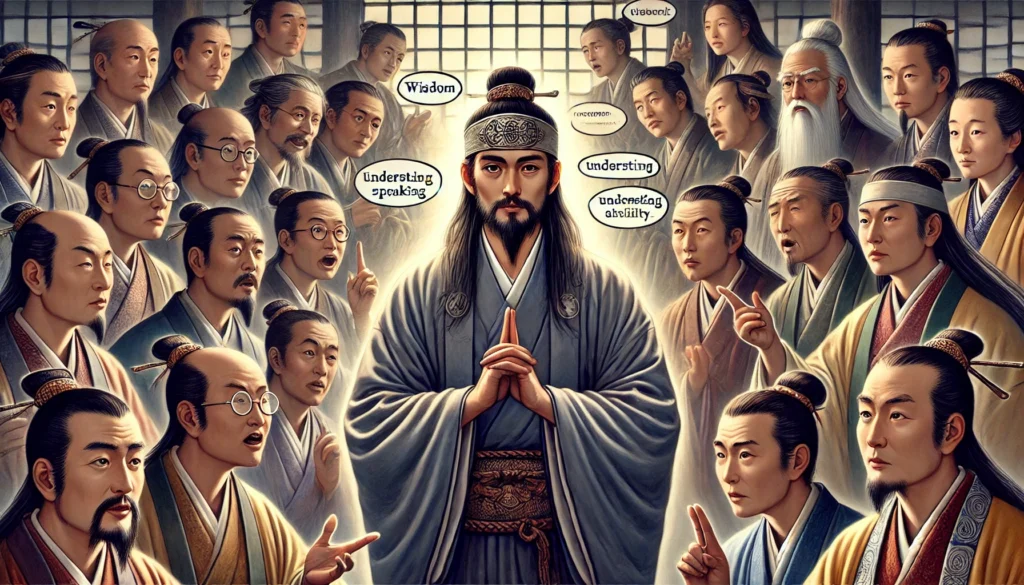
He Could Listen to 10 People Speaking Simultaneously
One of the most famous legends surrounding Prince Shōtoku claims that he could understand 10 people speaking at once.
While this sounds impossible, it reflects his extraordinary intelligence and ability to grasp complex political and social issues with incredible speed.
Even if the literal truth of the story is doubtful, there is no denying that his mental capacity far exceeded that of ordinary rulers.
He Could Foresee the Future
Prince Shōtoku was believed to possess prophetic abilities, foreseeing major political changes and future events.
His visionary policies were so ahead of their time that later generations came to worship him as a divine figure.
He Became a God After Death
Even after his death, his influence did not fade. He became the center of “Shōtoku Taishi Worship”, where people regarded him as a sacred entity or a reincarnation of Buddha.
Shrines and temples dedicated to him were built, and even today, many in Japan revere him as a spiritual guide.
5. Conclusion: The Man Who Designed Japan
Summing up his achievements:
🔴 He laid the foundation for Japan’s government (Seventeen-Article Constitution).
🔴 He engaged in diplomacy with China as an equal (Envoys to Sui China).
🔴 He unified Japan spiritually through Buddhism (Hōryū-ji Temple).
Prince Shōtoku was not just a politician—he was a genius who envisioned the future and designed a nation.
Without him, Japan might have ended up as a Chinese vassal state.
And most importantly, his philosophy continues to shape modern Japanese society even today.
He was, without a doubt, one of the closest figures to a god in Japanese history.
Recommended Articles







Comments